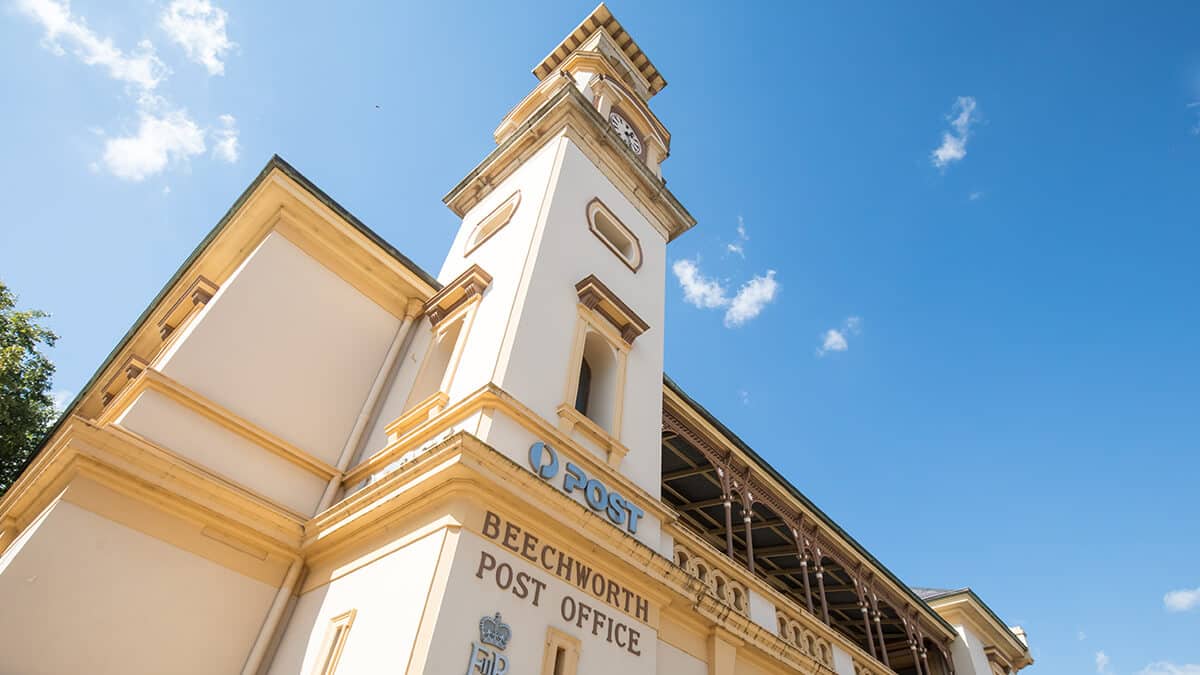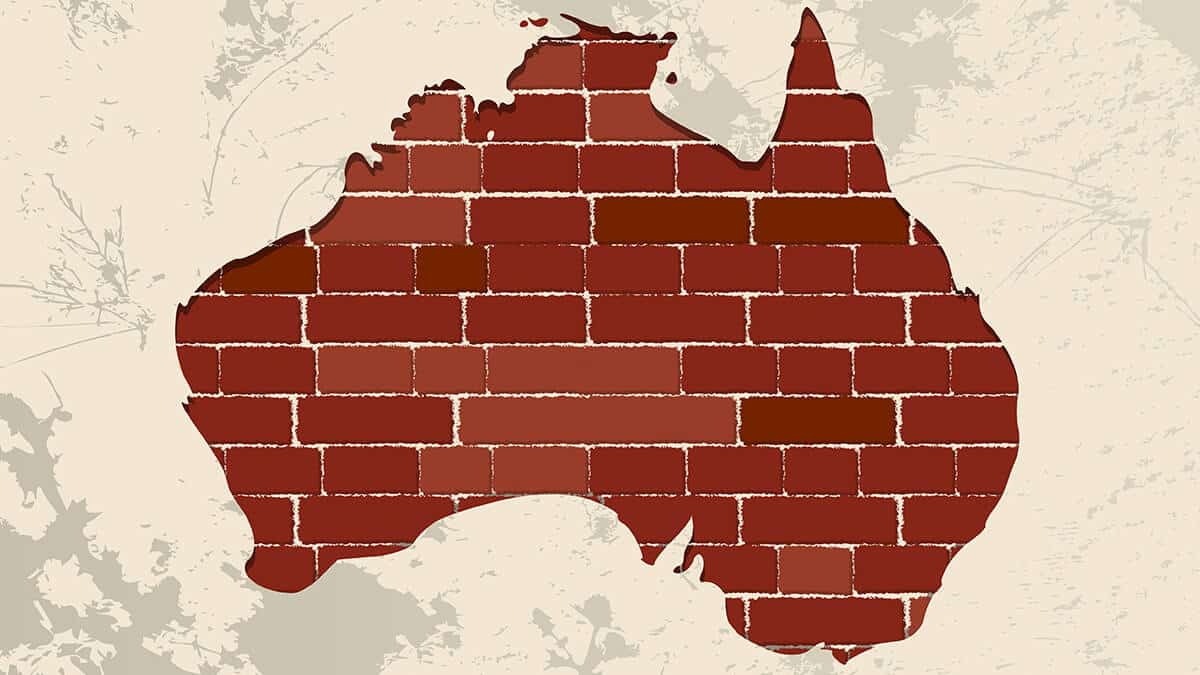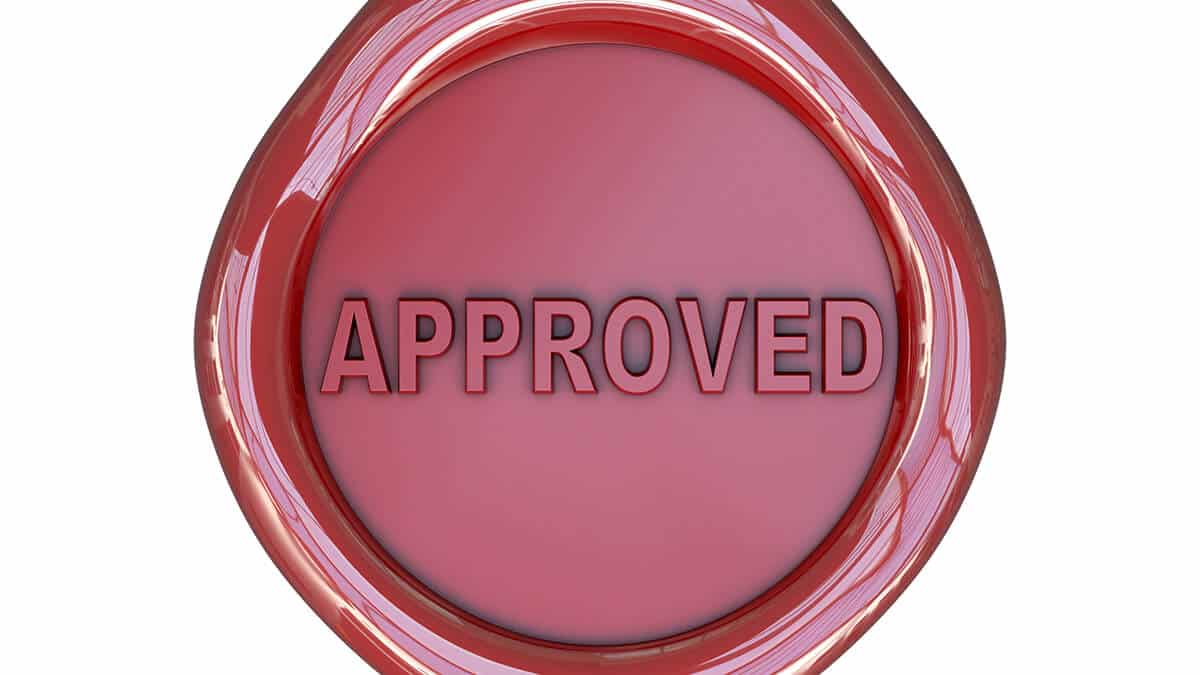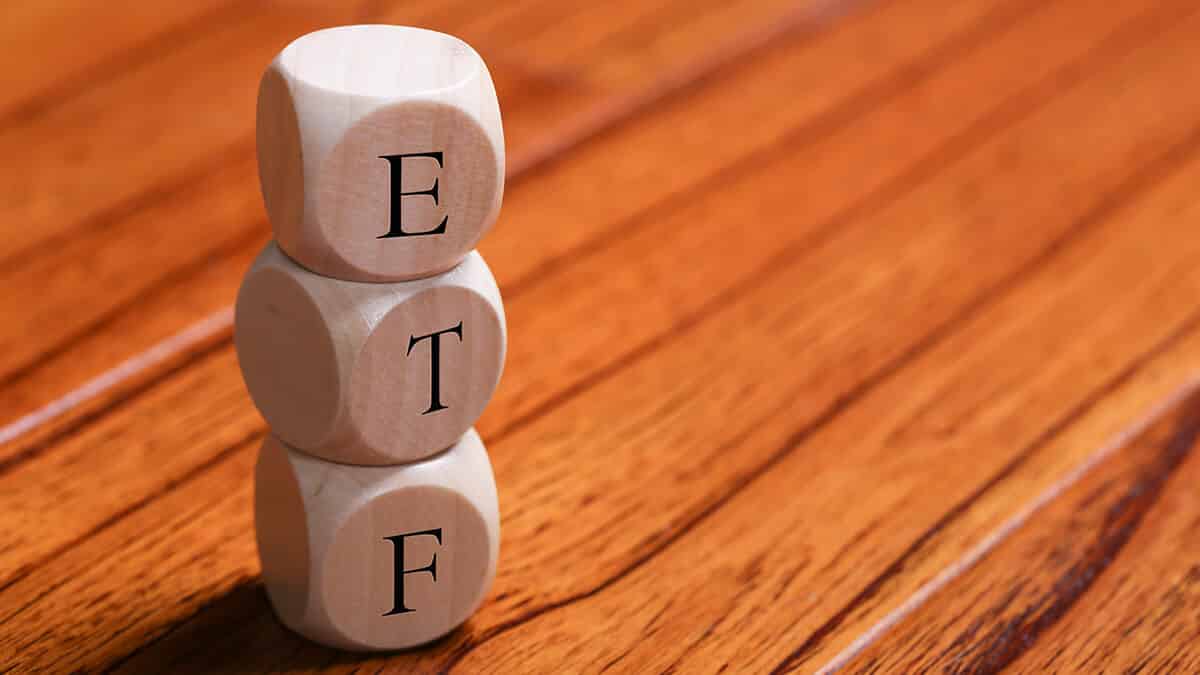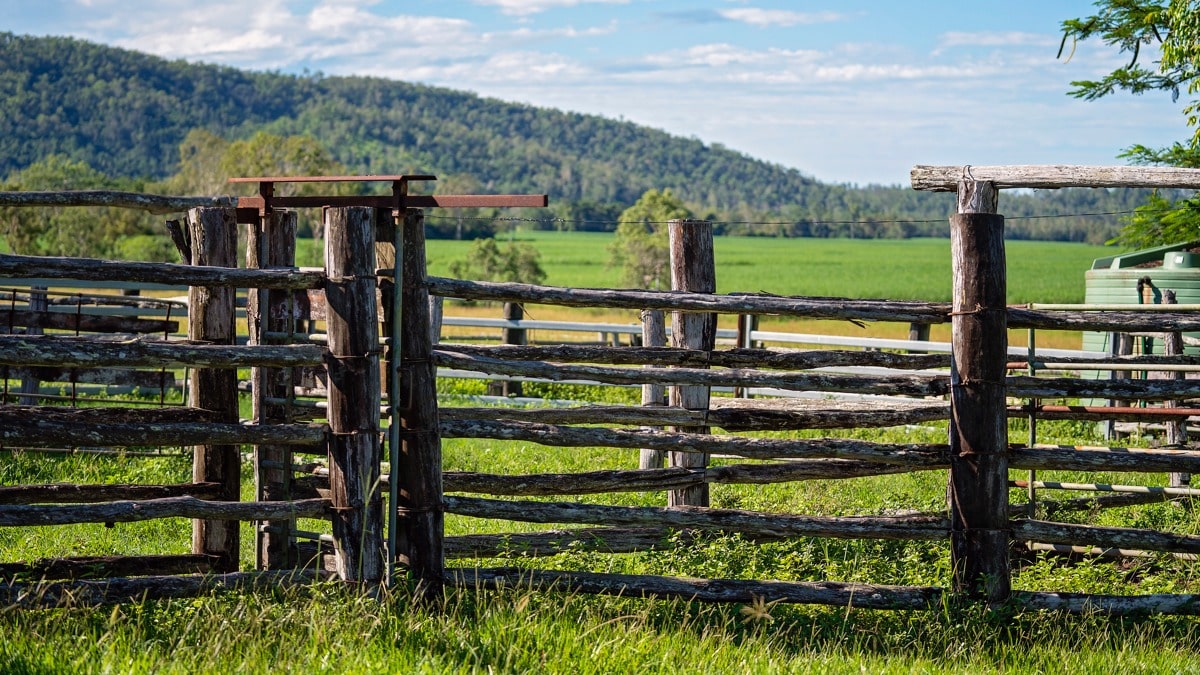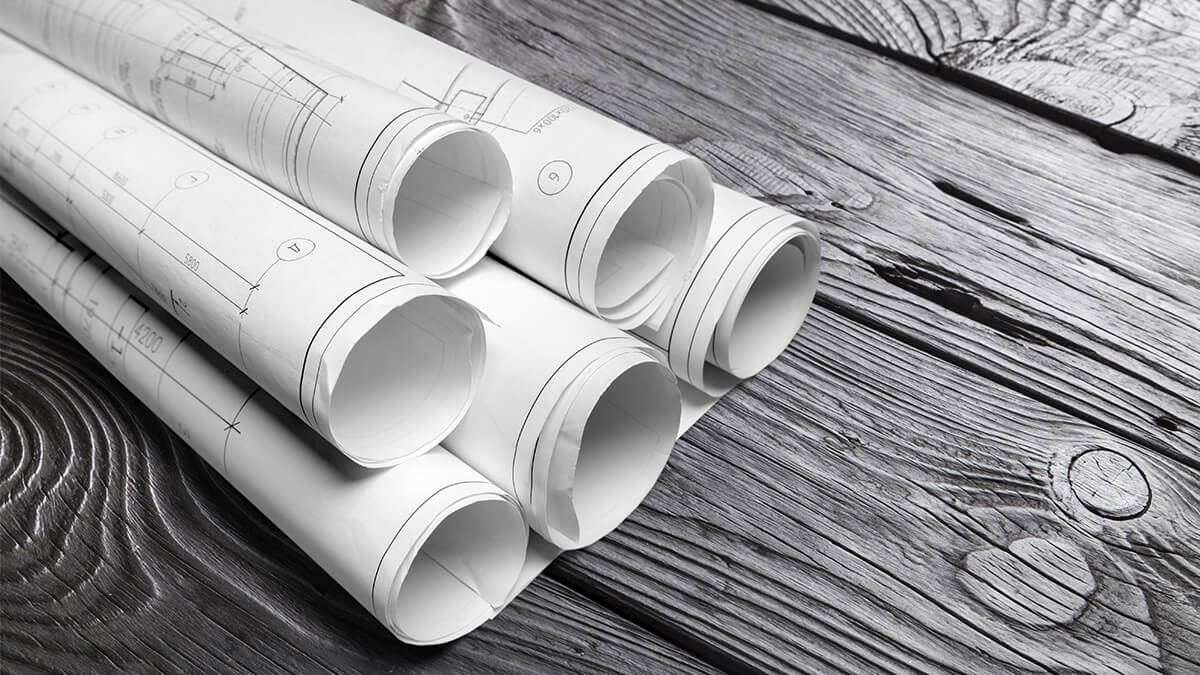In this guide
One of the attractions of self-managed super funds (SMSFs) for many people is the ability to invest directly in real property, both residential and commercial, something that is not possible in a public offer super fund.
According to the latest ATO statistics, in June 2023 real property accounted for more than 14% of total SMSF assets of $876.4 billion. Roughly two thirds of this, or $81.4 billion was in non-residential real estate while $45.2 billion was in residential real estate.
Under the super rules, the property cannot be held in the names of the individual fund members, all fund assets must be held in the name of either:
- The individual trustees ‘as trustees for’ the fund (Dave & Sarah Smith as trustees for the Smith Family Super Fund)
- The corporate trustee ‘as trustee for’ the fund (D & S Pty Ltd as trustee for the Smith Family Super Fund)
If funds are borrowed to fund an SMSF property purchase, they must be obtained under a limited recourse borrowing arrangement.
Need to know
One of the benefits of an SMSF for small business owners is the ability to lease a business premises owned by their SMSF. This comes with the requirement to ensure all lease payments are on commercial arm’s length terms.
Learn more about buying a commercial property and leasing it to your SMSF.
Well-chosen investment properties can help SMSFs to achieve capital growth over time, as well as rental income from tenants. SMSFs can also reduce their tax payable by claiming deductions for investment property expenses against the rental income they generate.
But it’s not open slather. It’s important to understand what your fund can and can’t claim as investment property tax deductions. And be warned – incorrect rental property deductions are regularly targeted in the ATO’s annual compliance hit list.
Check out our full list of guides to SMSFs and property investment.



